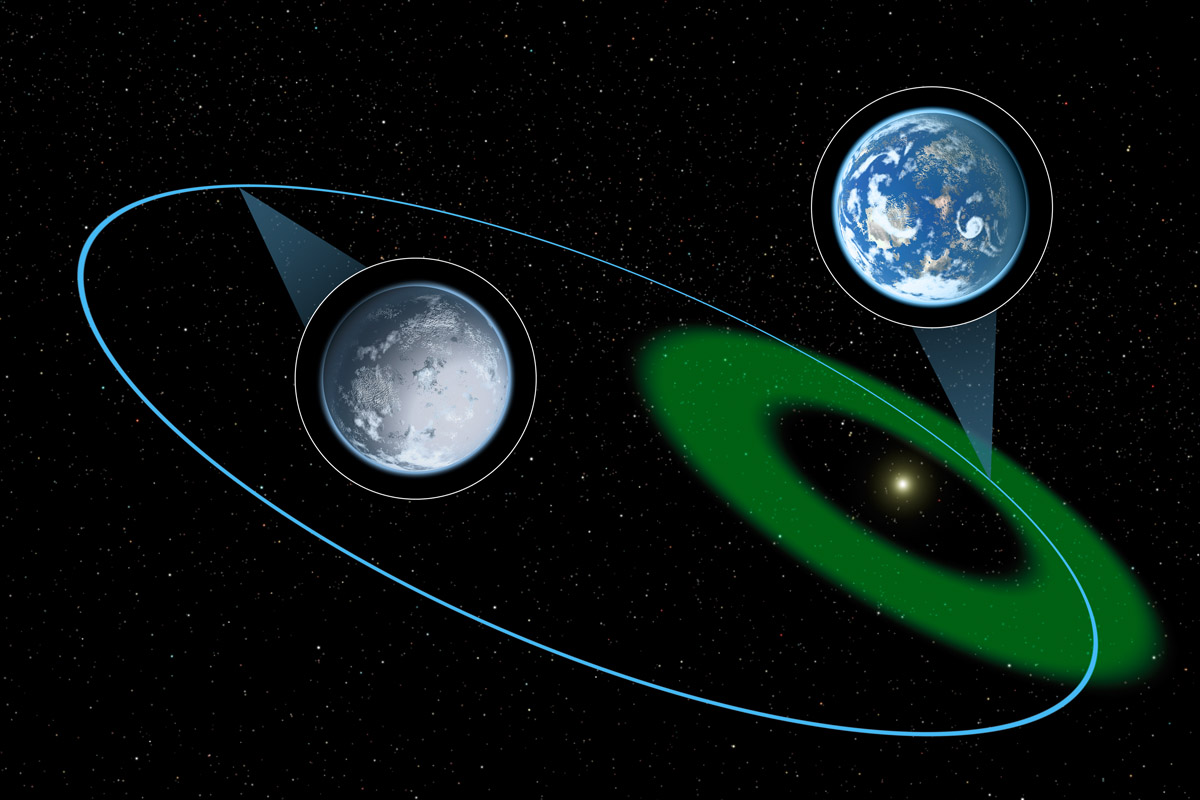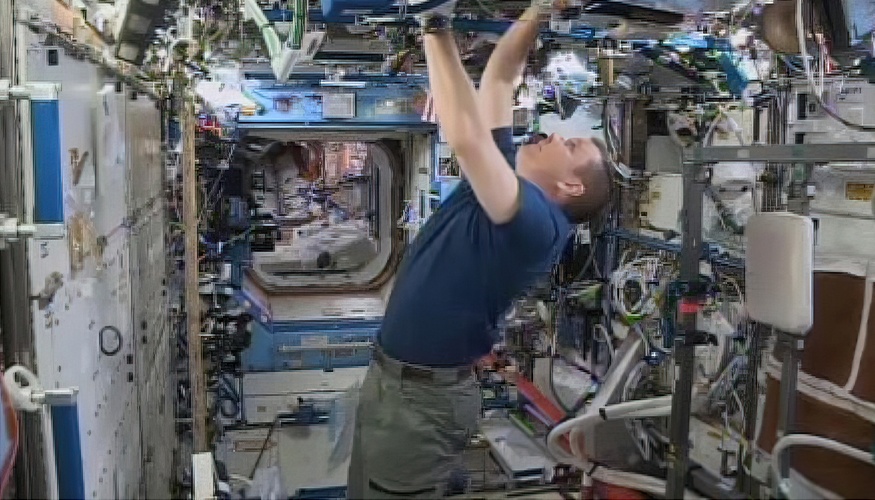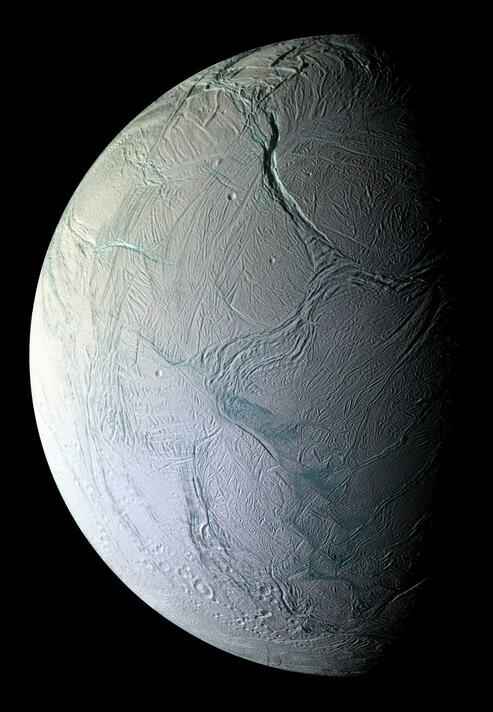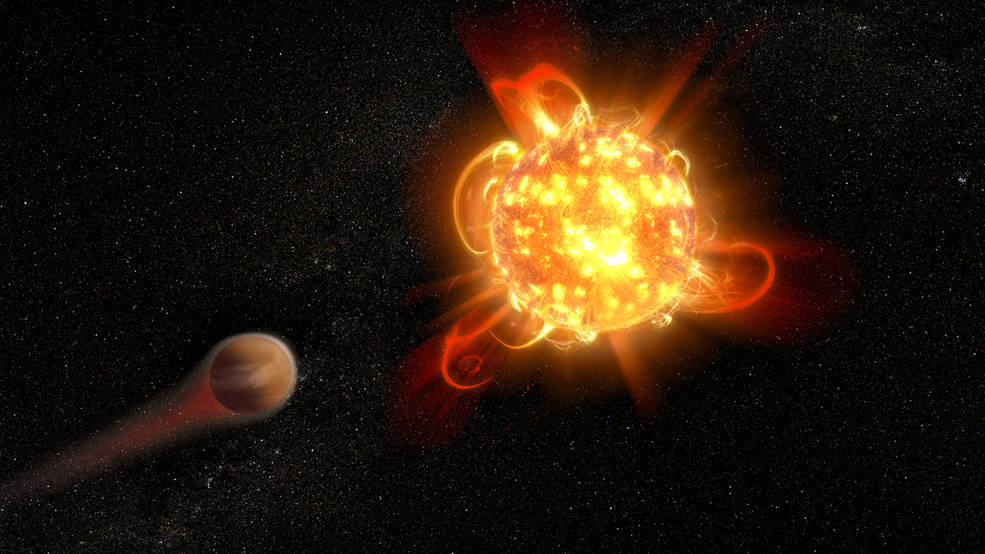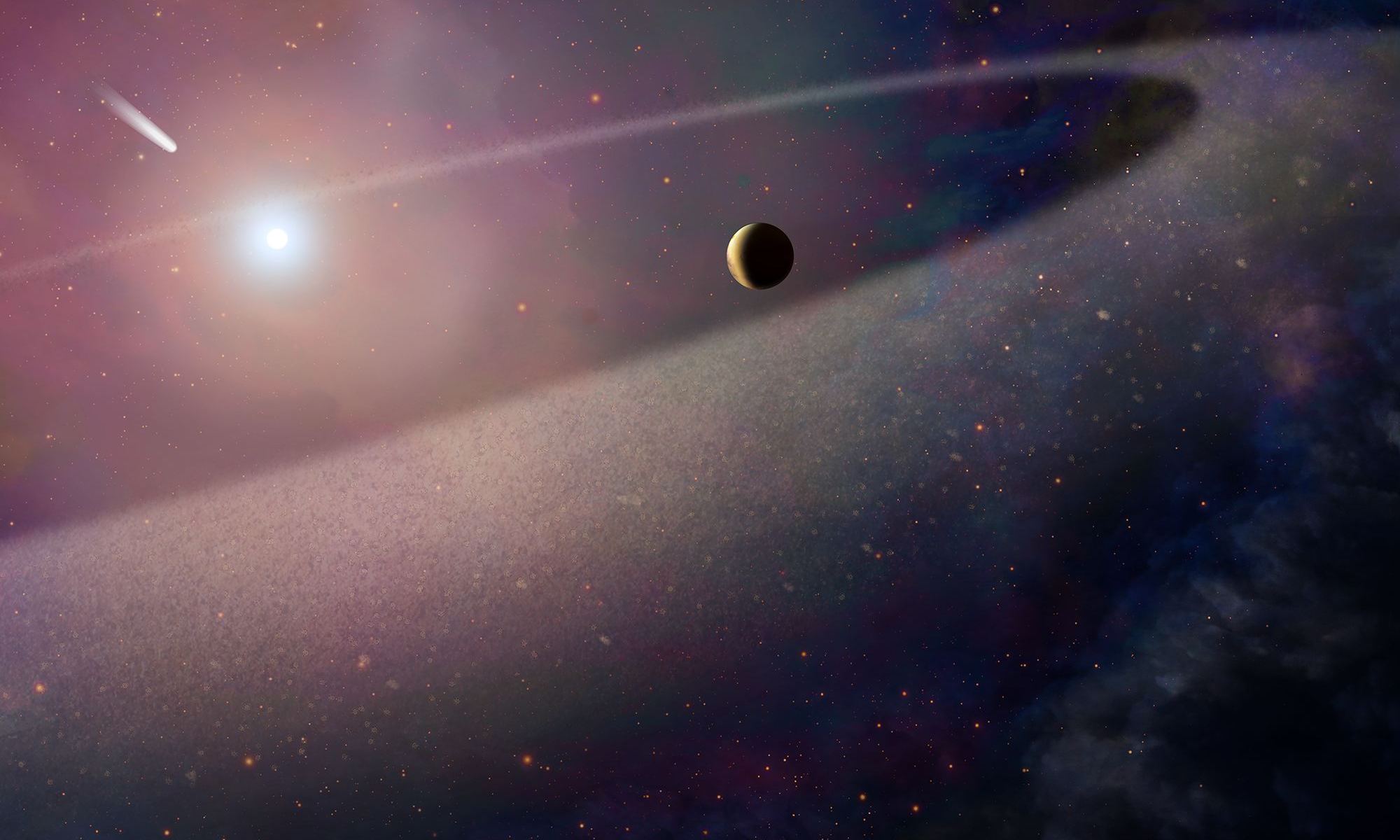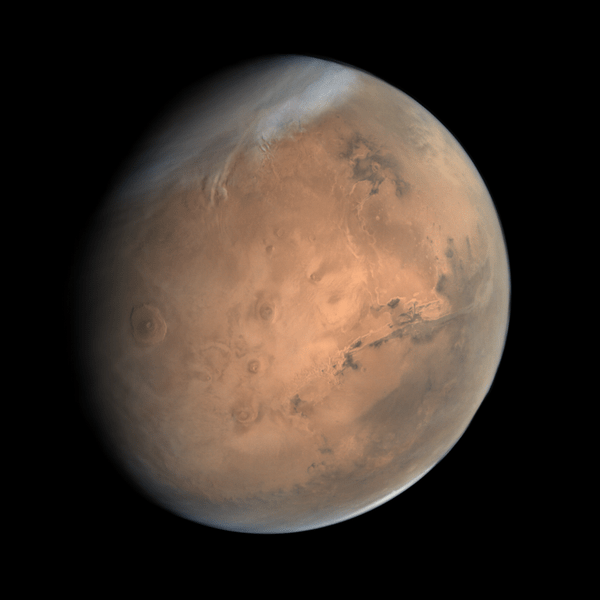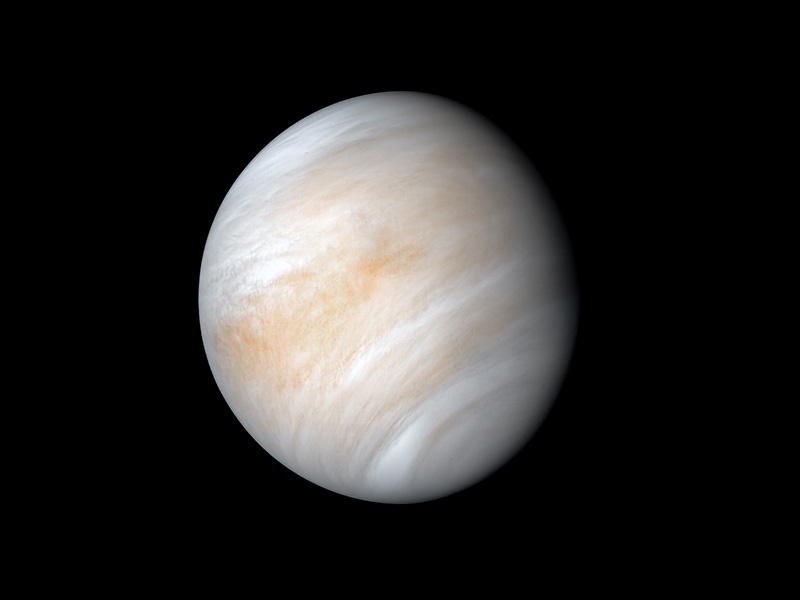Our Sun is the very reason we’re alive. It provides warmth and the energy our planet needs to keep going. Now you can add photogenic to its illustrious résumé, as NASA recently photographed our giant ball of nuclear fusion doing something quite peculiar.
Continue reading “The Sun Could Hurl Powerful Storms at Earth From its Goofy Smile”The Sun Could Hurl Powerful Storms at Earth From its Goofy Smile



